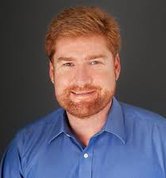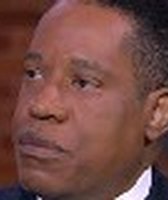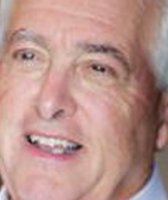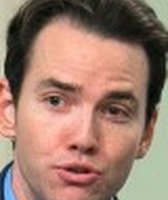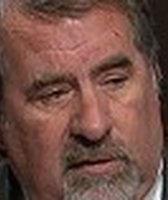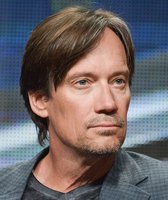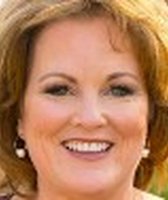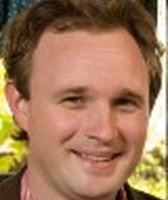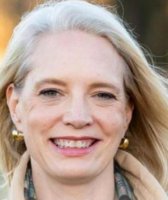Stand up for the facts!
Our only agenda is to publish the truth so you can be an informed participant in democracy.
We need your help.
I would like to contribute
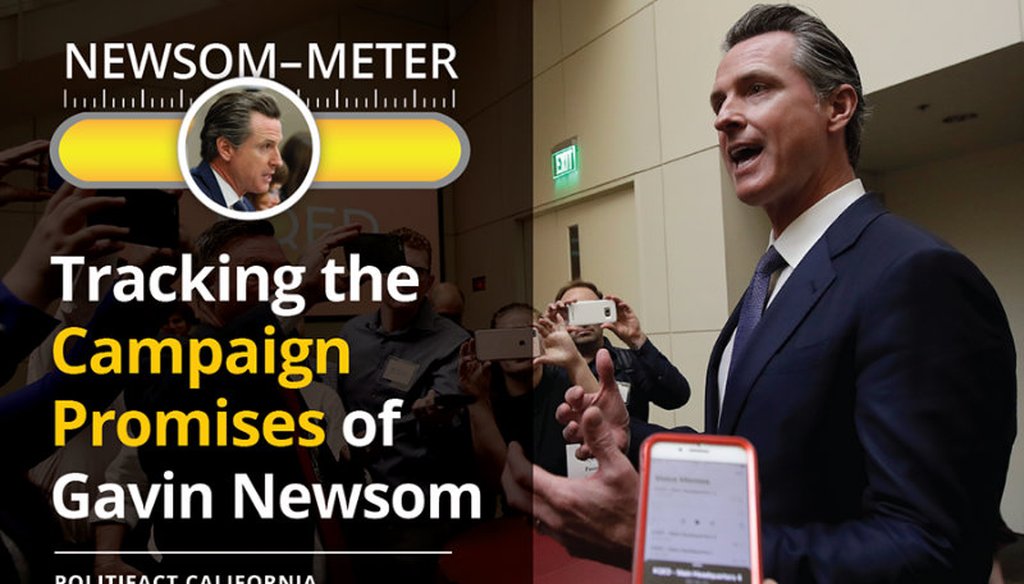
PolitiFact California’s ‘Newsom-Meter’ will track 12 of Gov.-elect Gavin Newsom’s top campaign promises over the next four years.
If Your Time is short
During his first year as governor, Gavin Newsom took bold action on many fronts. But PolitiFact California found he’s still far from reaching his ambitious campaign promises to build millions of new housing units, solve homelessness and create a single-payer health care plan.
On the campaign trail, Gavin Newsom made bold promises: He would boost California’s housing supply by millions of units, solve the state’s homelessness crisis and create universal health care financed through a single-payer system.
After one year as governor, PolitiFact California found Newsom has taken significant initial action through executive orders, record financial investments and pushing through new laws. But on homelessness and housing especially, the on-the-ground results have been limited at best.
And some promises already have been scaled back: Late last year, Newsom stepped back from his ambitious pledge about building 3.5 million new housing units by 2025.
Political observers say the governor may have promised too much and is learning he can’t accomplish his goals as quickly as he’d like.
"I think that Gov. Newsom made an error — an error that all politicians make when they come to office — in promising so much," said Sherry Bebich Jeffe, a political analyst and retired professor of public policy at USC.
Robin Swanson, Democratic political consultant, added: "When you’re governing a state of 40 million people, essentially a nation state that is California, change takes a little longer."
PolitiFact California is tracking the governor’s promises through our Newsom-Meter project.
The Democrat and former San Francisco mayor has long-defended his decision to make bold promises.
"I’d rather be accused of (having) those audacious stretch goals than be accused of timidity," Newsom told CALmatters in October 2018. "Because I just don’t think the world demands timidity."
A ‘Disconnect’ On Governor’s Housing Promise
During his campaign, Newsom pledged to "lead the effort to develop 3.5 million new housing units" by 2025 to address the state’s affordability crisis. That would mean quadrupling the state’s annual pace of home construction over the past decade. Newsom listed it on his campaign website as one of the many items that "As Governor, Gavin will" accomplish.
But in his first year, rather than soaring, statewide home production dropped 7 percent to 110,000 units, according to figures from the California Building Industry Association. It was the first decline in a decade.
This lack of progress represents the biggest disconnect between what Newsom promised and what he’s achieved so far, said Wesley Hussey, associate professor of political science at Sacramento State.
"Even the governor has admitted now, the 3.5 million new housing units is not a number that we’re going to remotely have by the day he promised [in 2025]," Hussey said.
He also questioned whether Newsom was sufficiently prioritizing new housing above all else.
During the debate the last two years over Senate Bill 50, legislation that supporters say would have dramatically increased the state’s housing supply, Newsom offered "very vague statements" of support, Hussey said.
"He was not willing to take a bold stand and back it up," he added.
The "upzoning" bill would have required local governments to allow apartments and other high-density housing near job and transit centers, but it failed in the Legislature each of the past two years.
Despite the slight drop in housing production, Newsom has clearly taken steps to try to achieve his goal.
His first budget invested nearly $2 billion to spur cities and counties to plan and build more housing, including affordable homes. Notably, it included $500 million to expand the state’s low-income housing tax credit, up from $85 million.
During his campaign, Newsom pledged to greatly expand that credit, which is considered California's largest source of funding for affordable housing and has followed through on that campaign promise.
Swanson, the Democratic political consultant, said voters will hold Newsom accountable for his promises, but not until his first term is over.
"He’s just out of the starting blocks," she said. "And he did set a really ambitious agenda, and so we’ll see what that follow-through looks like [after] four years. But I think there’s definitely still a sense of optimism."
Solving Homelessness
During his first year as governor, Newsom took major steps to tackle California’s increasingly visible homelessness crisis. He approved $1 billion in his first budget to help cities build emergency shelters and signed 13 bills last fall, many to speed up shelter construction.
In January, he ordered state agencies to find government property and land as a way to get people off the streets. He also proposed a new $750 million fund to pay for rent and build housing for homeless people, along with another nearly $700 million to address health needs for the state’s chronically homeless residents.
"These kind of commitments, we’ve never seen before in state government," Chris Martin, a legislative advocate on homelessness at the nonprofit Housing California, said in January. "He came in and really made an impact right away.
But even with the early efforts, Californians are growing more concerned about the issue.
A Public Policy Institute of California survey in October found 15 percent of state residents cited homelessness as the biggest problem, tied with the economy for the top overall. It was the first time homelessness has ever been ranked at the top in more than two decades of PPIC surveys.
In the year before Newsom took office, California’s homeless population jumped 16 percent to 151,278 people, according to a report released last month by the U.S. Department of Housing and Urban Development. During the same period, January 2018 to January 2019, the nation’s total increased just 3 percent. Figures showing how the numbers have changed during the governor’s first year in office have yet to be released.
While advocates for homeless people are encouraged by the governor’s commitment, others say Newsom over-promised when he said he could solve the issue.
"I don’t see the problem as solvable," said Jeffe, the retired USC professor. "It ought not to have been portrayed as solvable. It will follow the governor both in terms of policy and politics."
Newsom has made progress on several specific promises on homelessness, such as expanding health care and housing services for those without a permanent home.
But he’s yet to take action on his pledge to appoint a cabinet-level homelessness czar. Last fall, we rated that promise as ‘Stalled.’ Newsom said at a news conference in January: "You want to know who the homeless czar is? I’m the homeless czar in the state of California."
Health Care
Newsom’s promise to create universal health care "financed through a single-payer model like Medicare," as his campaign website reads, was as ambitious as any pledge.
He’s made some progress expanding health care access. In July, Newsom signed a law expanding Medi-Cal to income-eligible undocumented adults up to age 26, making it the first state in the nation to cover this group. The state expects to spend $98 million on the expansion and estimates 138,000 young adults will become insured.
Newsom has won praise for the moves.
"Our communities will be healthier and more families will be able to thrive thanks to these expansions of access and affordability in California," said Anthony Wright, director of advocacy group Health Access, in a statement last month.
Dan Schnur, a longtime Republican political strategist, said Newsom started making the single-payer pledge a longer-term prospect even during his campaign.
Then-candidate Newsom cautioned it won’t happen anytime soon, given that it would require federal approval from President Trump, who doesn’t support it.
In December, Newsom announced the creation of a task force to explore creating a statewide universal health care plan. It would be paid for "through a unified financing system, including but not limited to a single payer financing system," according to a news release from the governor’s office.
Schnur said a single-payer system is "not happening anytime soon."
Mike Madrid is a political consultant who typically works with Republicans, though he advised Democrat and former Los Angeles Mayor Antonio Villaraigosa during his run for governor against Newsom.
Madrid said he’s skeptical that Democrats will truly hold Newsom accountable for some of his bigger promises, especially on creating a single-payer healthcare system.
"It’s like Donald Trump and building a wall," Madrid said, citing the president’s signature campaign promise. "You know that it’s not going to get done and Mexico is not going to pay for it. But if you are a hardcore right-wing Republican, you enjoy being lied to. You enjoy the fantasy of it because you want that partisan, ideological warrior of your stripe advocating for you and bringing that perspective."
"It’s really the same thing with single-payer and Democrats. And that’s what Gavin Newsom was playing into," Madrid added.
Our Sources
Wesley Hussey, associate professor of political science at Sacramento State University, phone interview Feb. 4, 2020
Sherry Bebich Jeffee, former professor of public policy at USC, phone interview Feb. 4, 2020
Dan Schnur, Republican political strategist and a former spokesman for Republican Gov. Pete Wilson, phone interview Feb. 5, 2020
Mike Madrid, Republican political consultant, phone interview Feb. 5, 2020
Robin Swanson, Democratic political consultant, phone interview Feb. 17, 2020
Chris Martin, legislative advocate on homelessness, Housing California, interview Jan. 8, 2020
PolitiFact California, Introducing PolitiFact California’s ‘Newsom-Meter’, tracking the campaign promises of Gavin Newsom, Jan. 3, 2019
PolitiFact California, Gavin Newsom promised to expand homeless services. How is he doing?, Oct. 4, 2019
Capital Public Radio, ‘A Real Emergency’: Newsom Issues Executive Order To Use State Land, Travel Trailers, Hospitals For California Homeless Crisis, Jan. 8, 2019
PolitiFact California, A promise stalled: Eight months in, Gov. Gavin Newsom has yet to hire a homelessness czar, Sept. 2, 2019
Public Policy Institute of California, PPIC Statewide Survey: Californians and Their Government, September 2019
PolitiFact California, What has California Gov. Gavin Newsom done so far for the homeless?, Feb. 25, 2019
